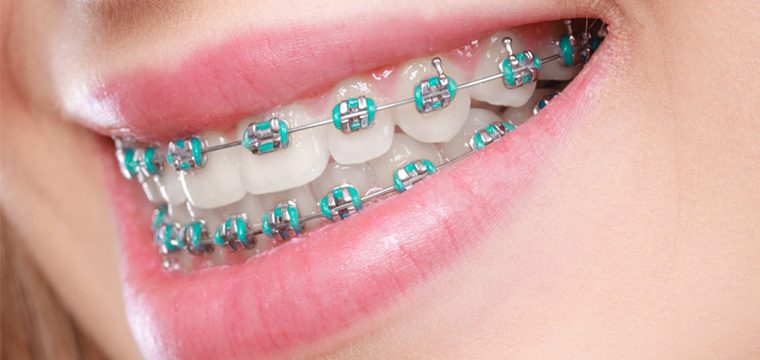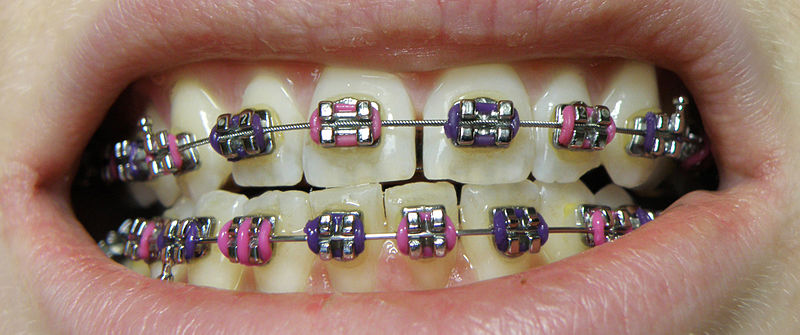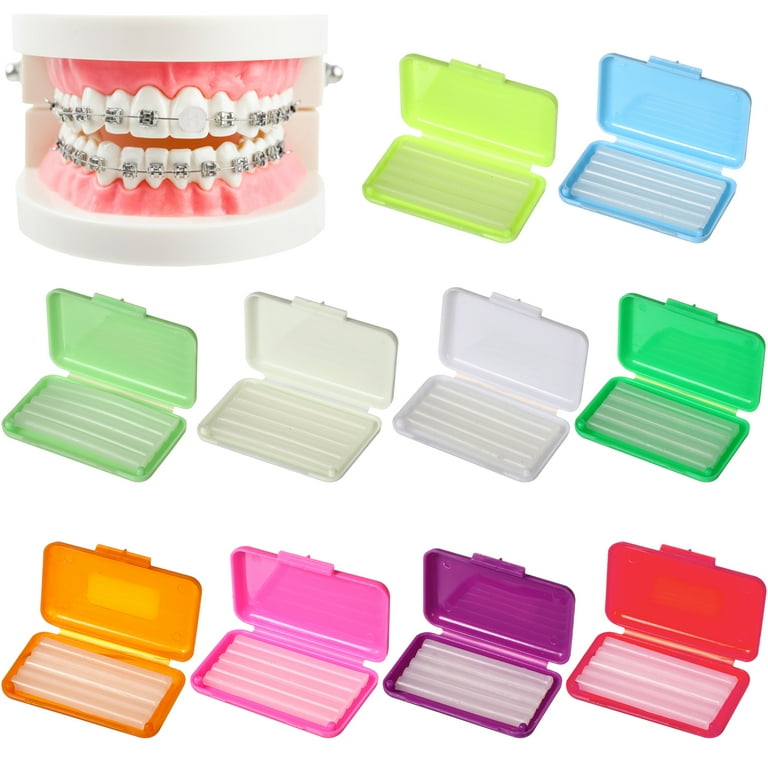Comprehensive Guide to Orthodontics Treatments for Remedying Oral Misalignments
Understanding the details of each treatment, including their systems, advantages, and prospective drawbacks, is important in making notified choices concerning one's orthodontic therapy. As we navigate via the thorough guide to orthodontic treatments for correcting dental imbalances, the elaborate details of each method will unfold, shedding light on the course towards a useful and harmonious dental alignment.
Orthodontic Procedures Overview

Routine adjustments and monitoring are critical parts of orthodontic treatment to make sure development is on track and to make any kind of essential modifications along the way. By undergoing orthodontic procedures, individuals can not just attain a straighter grin yet likewise boost their overall oral wellness and feature.
Typical Dental Braces: Exactly How They Function
When thinking about orthodontic treatments for dental misalignments, conventional dental braces stand out as a tried and true approach for fixing teeth placing. Traditional dental braces are composed of braces, wires, and bands that function together to use continuous pressure on the teeth, progressively moving them right into the wanted alignment.
One trick facet of how traditional dental braces work is the process of bone makeover. As stress is related to the teeth via the dental braces, the bone surrounding the teeth is reshaped to support the brand-new tooth placements. This improvement is essential for the lasting security of the corrected positioning. Individuals will certainly need routine changes at the orthodontist's office to ensure the braces proceed to use the appropriate stress for reliable teeth activity.
Unseen Aligners: Pros and Cons
Unnoticeable aligners supply a practical and very discreet option to traditional dental braces for dealing with dental imbalances. These clear, custom-made trays are practically unnoticeable when used, making them an appealing alternative for individuals seeking an extra aesthetically pleasing orthodontic treatment. Among the primary advantages of unseen aligners is their removability, enabling simpler upkeep of dental hygiene contrasted to conventional dental braces. Patients can get rid of the aligners prior to eating or cleaning their teeth, reducing the danger of food obtaining stuck in the home appliance and streamlining the cleansing procedure.

Surgical Orthodontic Options
Surgical treatments in orthodontics existing viable options for addressing complicated oral imbalances that may not be efficiently dealt with through standard orthodontic treatments. While unnoticeable aligners and standard braces can fix many orthodontic concerns, certain cases require medical treatment to attain ideal outcomes. Surgical orthodontic options are normally suggested for extreme malocclusions, significant jaw inconsistencies, and instances where the underlying bone structure needs alteration to accomplish appropriate positioning.
One usual surgical orthodontic treatment is orthognathic surgical treatment, which includes rearranging the jaws to deal with useful problems such as difficulty chewing or talking. This surgical treatment is often done in collaboration with an orthodontist that aids line up the teeth prior to and after the procedure. Surgical orthodontics may likewise entail treatments to reveal affected teeth, eliminate excess gum cells, or improve the jawbone to develop a much more unified facial profile.
Before taking into consideration medical orthodontic options, clients go through a comprehensive assessment to figure out the requirement and potential benefits of such treatments. cumming invisalign. While surgical procedure may appear complicated, it can substantially improve both the feature and aesthetic appeals of the smile in instances where traditional orthodontic therapies drop short
Retainers and Post-Treatment Treatment

Failure to conform with post-treatment care instructions can result in regression, where the teeth slowly relocate back towards their original placements. Regular my website retainer wear, good oral hygiene, and normal oral exams are vital for maintaining the outcomes achieved through orthodontic surgical procedure and guaranteeing the long-lasting stability of the remedied dental positioning.
Final Thought
Finally, orthodontic treatments provide different options for remedying oral imbalances. Traditional braces utilize metal brackets and wires to shift teeth into appropriate placement. Unseen aligners offer an even more discreet alternative however may not appropriate for all instances. Surgical orthodontic choices are readily available for a lot more extreme misalignments. Retainers are generally used post-treatment to maintain the brand-new positioning. On the whole, orthodontic treatments can effectively improve dental wellness and visual look.
As we browse through the thorough guide to orthodontic treatments for fixing dental misalignments, the complex information of each approach will certainly unravel, dropping light on the path toward a unified and useful dental positioning. - cumming invisalign
One of the most common orthodontic treatments is the use of braces, which consist of steel braces and cables that apply gentle stress to gradually shift teeth into the preferred position.When online dentist thinking about orthodontic treatments for dental misalignments, standard dental braces stand out as a time-tested method for fixing teeth placing. Additionally, unnoticeable aligners may not be ideal for complicated orthodontic problems that require more significant teeth motion, as they are normally suggested for mild to moderate situations. Retainers are custom-made orthodontic gadgets made to hold teeth in their dealt with settings after the conclusion of orthodontic therapy.
Comments on “Professional Cumming Braces and Aligners: What to Know Before You Visit”